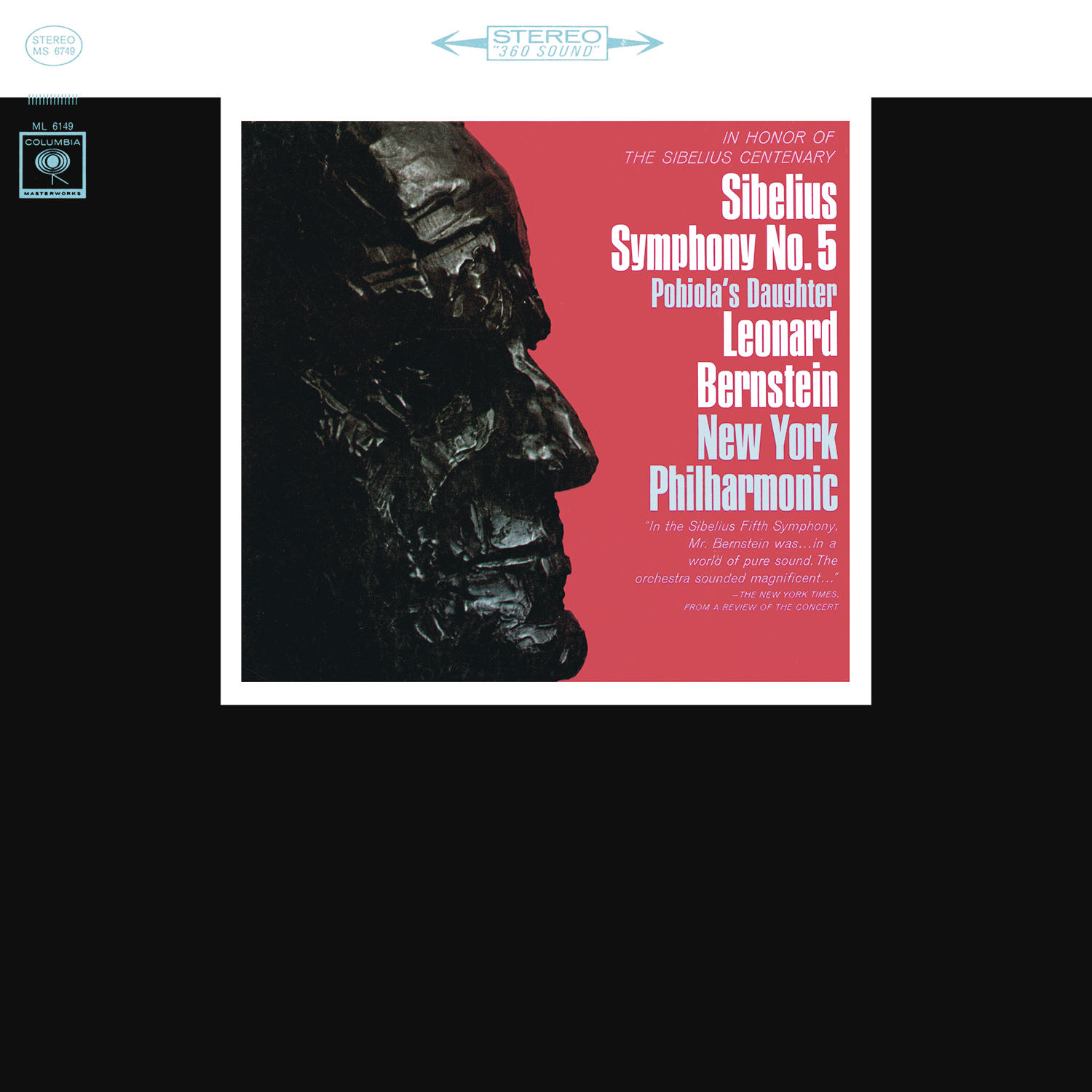Sibelius: Symphony 5 & Pohjola's Daughter
Of course, I don't think Sibelius has completely abandoned stretching his wings harmonically or texturally, for his Fifth Symphony is anything but the usual.
The beautiful opening horn chorale and evocation of winds recalls the composer's love of pastoral sounds. Indeed, it takes nearly a minute-and-a-half for the strings to finally enter, and they are not in the mood to let the winds have their way. Indeed, they seem more in the mood to stir up some strife.
The first movement is set in 12/8, yet the music is far from a country dance, where Sibelius tries to obfuscate the lilting nature of the compound meter as much as he can. A rising motive reminds me terribly of Symphony no. 1; one which seems perfect for brass, but is more oft to be uttered by woodwinds. This is certainly of Sibelius' old Romantic soundworld.
There is a long-built development that bears strange instrumental textures, fragmented ideas, and chromatic wanderings. This all eventually leads into a faster portion, one that is jollier and willing to settle into its metrical time. Yet, even this section is flung through the developmental wringer, only to land on a sudden, loud conclusion.
The sustaining lower winds and horns of the second movement are set against plucked, and eventually, bowed strings. Sibelius almost lands in Polytonal Land, for the sustained winds do not always cohere with what the active strings are doing, creating a very unique layering of sounds. Here too, the composer hints at a dance he is unsure whether he wishes to fully commit to, in lieu of broad, sweltering strings or chromatic, dramatic buildups.
Perhaps this ambivalence is carried over from Symphony no. 4, where the composer was attempting to join the changing musical winds. It is apparent Sibelius has chosen his own route, but he is forging ahead with plenty of new ideas still; just not the radical ones rearing their head across the rest of Europe.
Skitterish tremolos open the third movement attempting to prepare a grand crescendo for a big moment, even if such a thing never appears. More layering of long tones underlie the music, but this surprisingly develops into a rather cinematic-sounding theme, one of those Golden Age types, before the skittering tremolos return. Sibelius does find a way to insert a broad, Romantic string melody, leading back into a return of those jumping long tones, and a juxtaposition of the various musical ideas.
While there is a great chromatic build-up, almost overly dissonant in approach, Sibelius reaches the big moment, once again creating an arrival point in his symphonic journey. This climax barely arrives before the work is finished, achieved by short, harmonically strange, tutti chords.
I like Symphony no. 5, especially as it shows Sibelius composing in a more compact fashion. The work is far from straight-forward though, and I think some revisits on my part will flesh out instabilities I hear in the music. I must say I am surprised at the short shrift Sibelius gives to his conclusions now; it is far from laying it on thick in Symphony no. 2.
As a nifty bit of additional music, Pohjola's Daughter is included alongside the symphony.
I love when Sibelius tackles Finnish literature, folklore, and mythology, as he does so often in these tone poems. You can really sense the love of his country, its history, and its music coming together to create these little Sibelian packages. He conveys the mystical landscape settings, its magical characters, and the clash of dramatic progression so very vividly. In this case, the music subsides into the release of the fable's moral, where the characters learn their lesson and move on with their lives, hopefully a little bit wiser than before.
An opening cello solo, modal harmonic flecks, and a driving, heroic atmosphere are just some of the wonderful qualities of Pohjola's Daughter. New York and Bernstein really show their stripes in this sort of music, leaving an indelible mark on the listener through sheer virtuosity and musicianship. While the harp may be miked too close, I love hearing its strong presence in this colorful music, plus the many wind solos which come and go are impressive throughout.
I have been avoiding making any recorded comparisons as I go through this cycle, for I want to visit a few others first. However, this recording of Bernstein in NY is greatly heralded, so I wouldn't be surprised if it ends up being a most persuasive choice in this music.
Works
Symphony 5 in E-flat Major, op. 82
Pohjola's Daughter, op. 49
Performers
New York Philharmonic Orchestra
Leonard Bernstein, conductor
Label: Columbia / Sony
Year: 1961-64; 2015
Total Timing: 45.38
Find more Sibelius recordings HERE!





Comments
Post a Comment